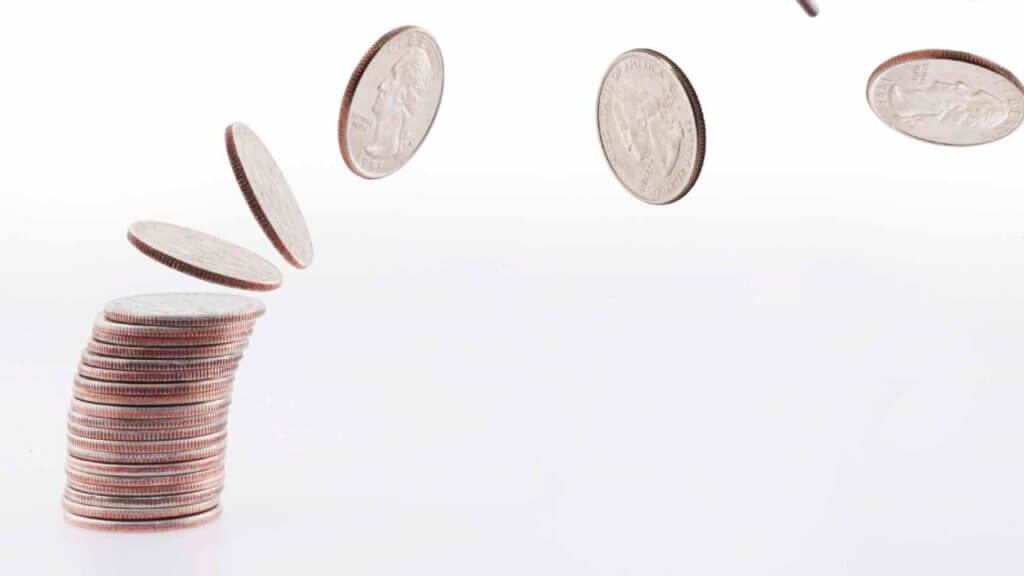
When your to-do list includes everything from running events to changing sheets, it’s no wonder pricing strategies get pushed to the side.
NB: This is an article from Lighthouse
Subscribe to our weekly newsletter and stay up to date
If you barely have time to greet your guests, you certainly won’t have time to adjust your room rates multiple times throughout the day.
A static pricing model may simplify operations, but it’s also one of the easiest ways to kill your earning capacity. If your competitors have the capacity for dynamic pricing, you’re undoubtedly leaving money on the table. To maximize your revenue streams, you may have to rethink and revamp your toolset.
The biggest pitfalls of static pricing strategies
Static pricing is typically a set-it-and-forget-it strategy where hoteliers only make adjustments seasonally or for high-profile events.
With static pricing, you set the room rates for a specific time period regardless of demand fluctuations. This is simple to manage, giving you more time to focus on your endless responsibilities, but the flip side is that it makes your hotel less competitive.
Losing bookings during low-demand times
Low-demand periods can be some of the most nerve-racking times for any hotelier. Every empty room represents lost revenue you may or may not make back—and those missed profits mean tighter budgets in every other aspect of your operations, from marketing to maintenance, amplifying their impact.
As an indie hotelier, you’re well aware of when your off-peak time occurs, and you probably already have a plan in place to lower rates and encourage more off-season bookings. But if you’re setting and forgetting pricing for the entire slow period, you’re likely missing out on opportunities for rate increases. Even a slight upcharge on weekends vs. weekdays can help you maximize revenue opportunities when they matter most.
And if your competitors respond to these subtle shifts with dynamic pricing changes, they’re more likely to catch the few travelers who are passing through the area. For example, if a local author hosts a book signing on a weekend during the off-season, they might attract readers within a two-hour drive. Better rates or package deals can motivate fans to come down for a night or two without breaking the bank.
If you consider a room sold better than an empty room, dynamic pricing helps you capture revenue even when demand is at its lowest.
Missing out on revenue during peak demand
A consistent pricing system can make your hotel the cheapest during high season—and that probably sounds like a good thing! But the reality is that, when it’s all said and done, you may be leaving money on the table and creating more work for yourself and your staff.
Selling 30 rooms at $200 a night grosses you the same amount as selling 40 rooms at $150 a night, but the latter gets you 10 more sets of bedding to wash, rooms to clean and visitors to check in. Ultimately, that leads to a lower net profit.
Meanwhile, your competitors adjust prices during peak weekdays and weekends, capitalizing on those higher-profit opportunities.
So, whether you run a ski chalet or a bed and breakfast, your pricing structure should factor in the nuances of both peak and off-season. With dynamic pricing, you can cash in on the most committed travelers who are willing to pay higher prices.




